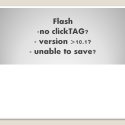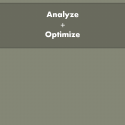Single Request Architecture explained (SRA)
What is SRA or Single Request Architecture? (without getting too technical)
SRA is the feature that allows the GPT header to send all defined ad calls to the DFP ad server at once, and get back the call for all the defined ad calls at once. This feature helps DFP understand all the ad calls at once and serve the guaranteed roadblock.
To be honest, other than this I do not see any other use for the SRA.
Limitations of SRA:
If your Ad tag definition is more than 2000 characters, and if you’ve SRA enabled, your Ad tag will break at the 2000 character limit, and will not render further.
Cons:
- Ad call definition cannot exceed 2000 characters
- If number of ad slot definitions are more than the display calls, impressions would still be counted for the defined slot for which display call is missing. This causes data discrepancies.
- My personal experience has shown me that SRA causes issues with AdSense and hence I personally do not recommend SRA if you’ve AdSense enabled at your inventory level.
Per my experience, and practical implementations, the best setup for the Ad Tag would be Sync tags with SRA disabled.
P.S.: To disable SRA, please remove the below code from your GPT header code, if you don’t find the below code in your header, it means your code is already disabled for SRA.
googletag.pubads().enableSingleRequest();

